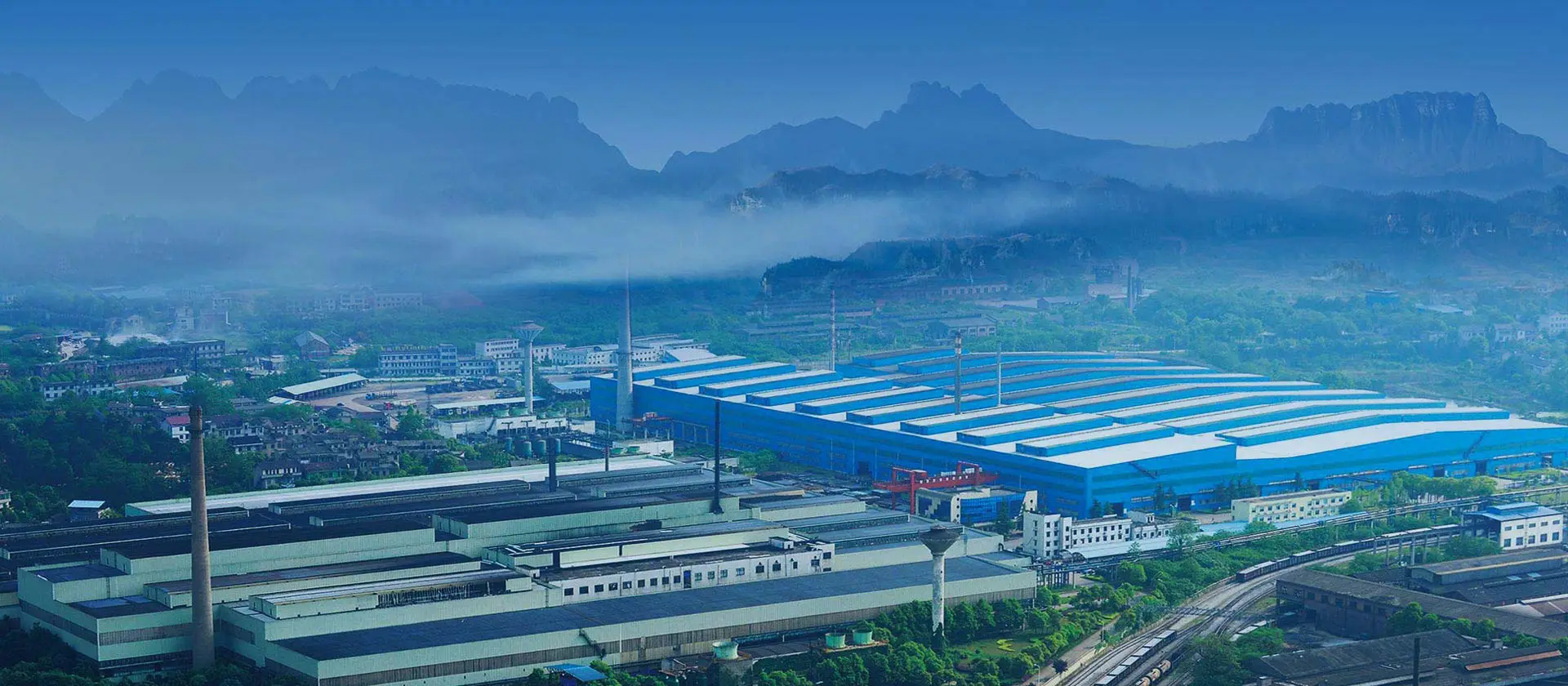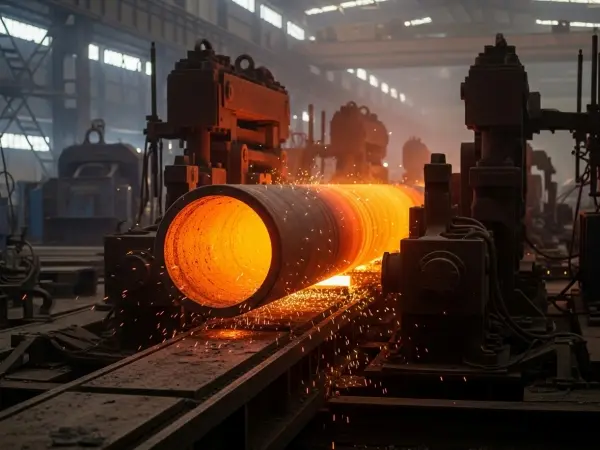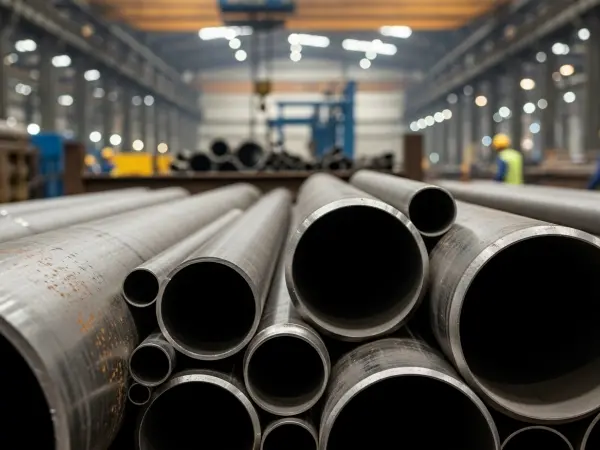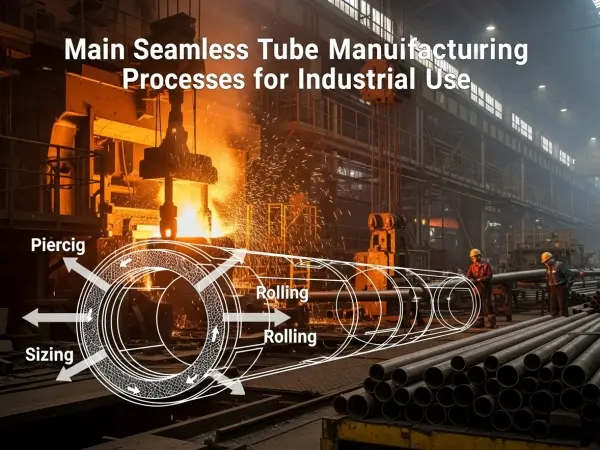
Boilers are critical components in power plants, refineries, and industrial facilities. However, one of the most common and costly issues operators face is boiler tube failure due to overheating. This problem not only reduces system efficiency but also leads to unplanned shutdowns, safety hazards, and expensive repairs. Understanding the root causes, warning signs, and preventive measures is essential for any facility that relies on boiler performance.
Boiler tube failure due to overheating occurs when tubes are exposed to temperatures beyond their design limits. Prolonged exposure weakens the tube material, reducing its mechanical strength until it can no longer withstand the internal pressure. Eventually, the tube ruptures, often causing secondary damage and operational downtime.
Several factors contribute to overheating in boiler tubes:
1. Poor Water Circulation
Blockages, scaling, or low water levels restrict the flow of cooling water, leaving certain tube sections exposed to excessive heat.
2. Fouling and Deposits
Deposits of scale, soot, or ash create an insulating layer on the tube surface, preventing proper heat transfer and causing localized overheating.
3. Flame Impingement
Misaligned burners or poor combustion can cause direct flame contact with tubes, quickly raising temperatures beyond safe limits.
4. Excessive Firing Rates
Operating a boiler beyond its recommended load increases heat flux and accelerates the risk of overheating.
5. Material Defects or Wear
Tubes with manufacturing defects, corrosion, or thinning from long-term use are more vulnerable to overheating-related failures.
Operators should watch for these indicators:
· Sudden drops in boiler efficiency
· Abnormal temperature readings on tube walls
· Increased tube metal oxidation or discoloration
· Frequent low-water level alarms
Ignoring these warning signs can escalate minor issues into catastrophic tube ruptures.
The consequences of boiler tube failure due to overheating are severe:
· Safety Risks: Tube bursts can release high-pressure steam, endangering personnel.
· Unplanned Downtime: Emergency shutdowns disrupt production schedules.
· High Repair Costs: Tube replacement and system cleaning are expensive.
· Efficiency Loss: Compromised tubes reduce overall boiler performance.
Preventive strategies are crucial to avoid costly downtime:
1. Regular Inspection and Monitoring
Non-destructive testing (NDT) methods such as ultrasonic testing, radiography, and thermography help detect thinning or hotspots early.
2. Water Treatment and Chemistry Control
Proper water treatment minimizes scaling and corrosion, keeping heat transfer efficient.
3. Burner Adjustment and Combustion Optimization
Correct burner alignment and air-to-fuel ratio prevent flame impingement and uneven heating.
4. Routine Cleaning
Soot blowers, descaling, and chemical cleaning reduce fouling and improve tube cooling.
5. Load Management
Operating boilers within their designed load range prevents undue thermal stress.
Boiler tube failure due to overheating is a serious issue that every plant operator must address proactively. By understanding its causes, recognizing early warning signs, and implementing robust preventive measures, facilities can protect their assets, enhance safety, and ensure continuous operation.
If your facility is struggling with recurring tube failures, investing in regular inspections, advanced monitoring systems, and proper maintenance practices will pay off in the long run. Don’t wait for a catastrophic failure—take action today to safeguard your boiler’s performance and reliability.


